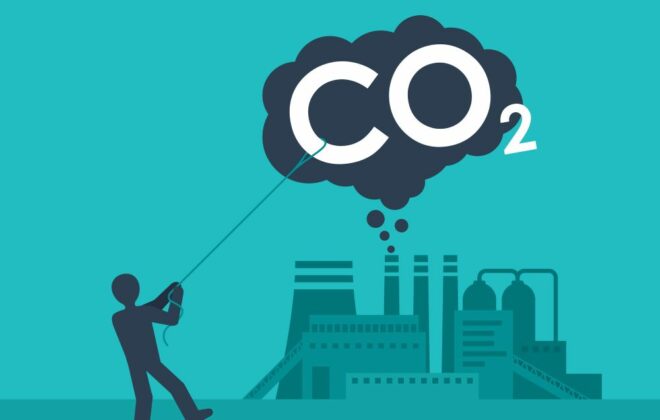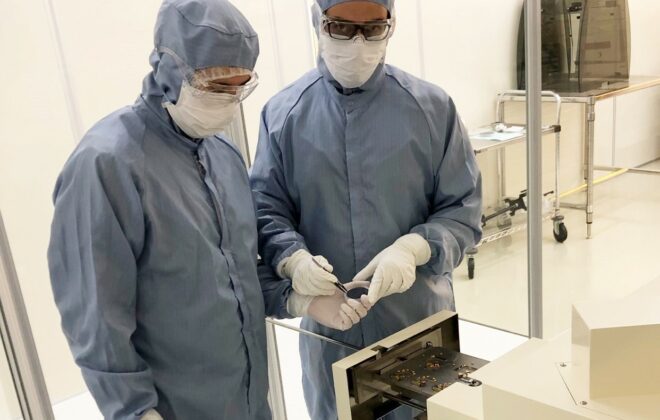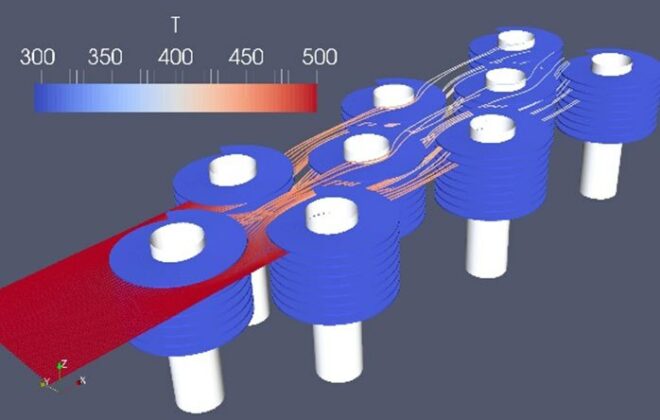Experiments at the world’s largest test center for CO2 capture
PhD candidate Rubén Mocholí Montañés, Department of Energy and Process Engineering, performed testing at Technology Center Mongstad (TCM) in July 2017. TCM, located 60 km outside Bergen, is the world’s largest test center for CO2 capture!

Why is this testing important?
The future European energy system will have a large portion of variable renewable energy primarily based on wind and solar energy. For thermal power plants with CO2 capture in such an energy system, flexibility will be of key importance. The power plants must be competitive and balance the variable renewable energy together with energy storage technologies and increased electric power transmission between areas. Flexibility in this sense is related to fast ramping and possibly fast startups of the power plant.
Today’s state-of-the-art gas turbine combined cycles are set up for flexible operation. The key question to answer was if the CO2 capture process can follow these fast load changes. And, how to operate and control the capture plant to make it possible.

A collaborative effort
The testing was part of an ongoing collaboration between NTNU and TCM and has led to a number of open access scientific publications, international conference presentations, and Master’s theses. A subset of the test campaign was done in collaboration with Imperial College London.
For the chemical absorption capture process using an amine, a new control structure was implemented based on dynamic process modeling and simulation work by Montañés. Some process instabilities were present during the testing, but we are up till now blaming other factors while acknowledging that controller tuning seems necessary
It is possible!
The key conclusion based on the testing during the summer of 2017: yes, it can be done!
This blog post was originally published on www.ntnutechzone.no on October 5th, 2017

Lars O. Nord
Lars O. Nord is an Associate Professor at NTNU – Department of Energy and Process Engineering.
Search
Søk
Categories
- Arctic Research
- Arkitektur
- Bærekraft
- Bioingeniørfag
- Biologi
- Biology
- Biomedical Laboratory Science
- Biotechnology
- Bioteknologi
- Chemical Engineering
- Chemistry
- Climate
- Computer Science
- Datateknologi
- Digital
- Elektronikk
- Energi
- Energi
- Energy
- Engineering
- Engineering
- Environment
- Food Science
- Forskning
- Fysikk
- Fysikk
- Havbruk
- Informasjonsteknologi
- Informasjonsteknologi
- Ingeniørvitenskap
- Kjemi
- Kjemisk prosessteknologi
- Kjemisk prosessteknologi
- Kreftbehandling
- Kybernetikk
- Marine Technology
- Materialer
- Materials Science
- Materialteknologi
- Matvitenskap
- Meninger
- Miljø
- Min ph.d.
- My PhD
- My PhD
- My postdoc
- Nanotechnology
- Nanoteknologi
- Ocean
- Oil and gas
- Physics
- Research
- Simulering og visualisering
- Spør en forsker
- Studentliv
- Sustainability
- Ukategorisert
- Universitetsliv
- University Life
Kategorier
- Arctic Research
- Arkitektur
- Bærekraft
- Bioingeniørfag
- Biologi
- Biology
- Biomedical Laboratory Science
- Biotechnology
- Bioteknologi
- Chemical Engineering
- Chemistry
- Climate
- Computer Science
- Datateknologi
- Digital
- Elektronikk
- Energi
- Energi
- Energy
- Engineering
- Engineering
- Environment
- Food Science
- Forskning
- Fysikk
- Fysikk
- Havbruk
- Informasjonsteknologi
- Informasjonsteknologi
- Ingeniørvitenskap
- Kjemi
- Kjemisk prosessteknologi
- Kjemisk prosessteknologi
- Kreftbehandling
- Kybernetikk
- Marine Technology
- Materialer
- Materials Science
- Materialteknologi
- Matvitenskap
- Meninger
- Miljø
- Min ph.d.
- My PhD
- My PhD
- My postdoc
- Nanotechnology
- Nanoteknologi
- Ocean
- Oil and gas
- Physics
- Research
- Simulering og visualisering
- Spør en forsker
- Studentliv
- Sustainability
- Ukategorisert
- Universitetsliv
- University Life




